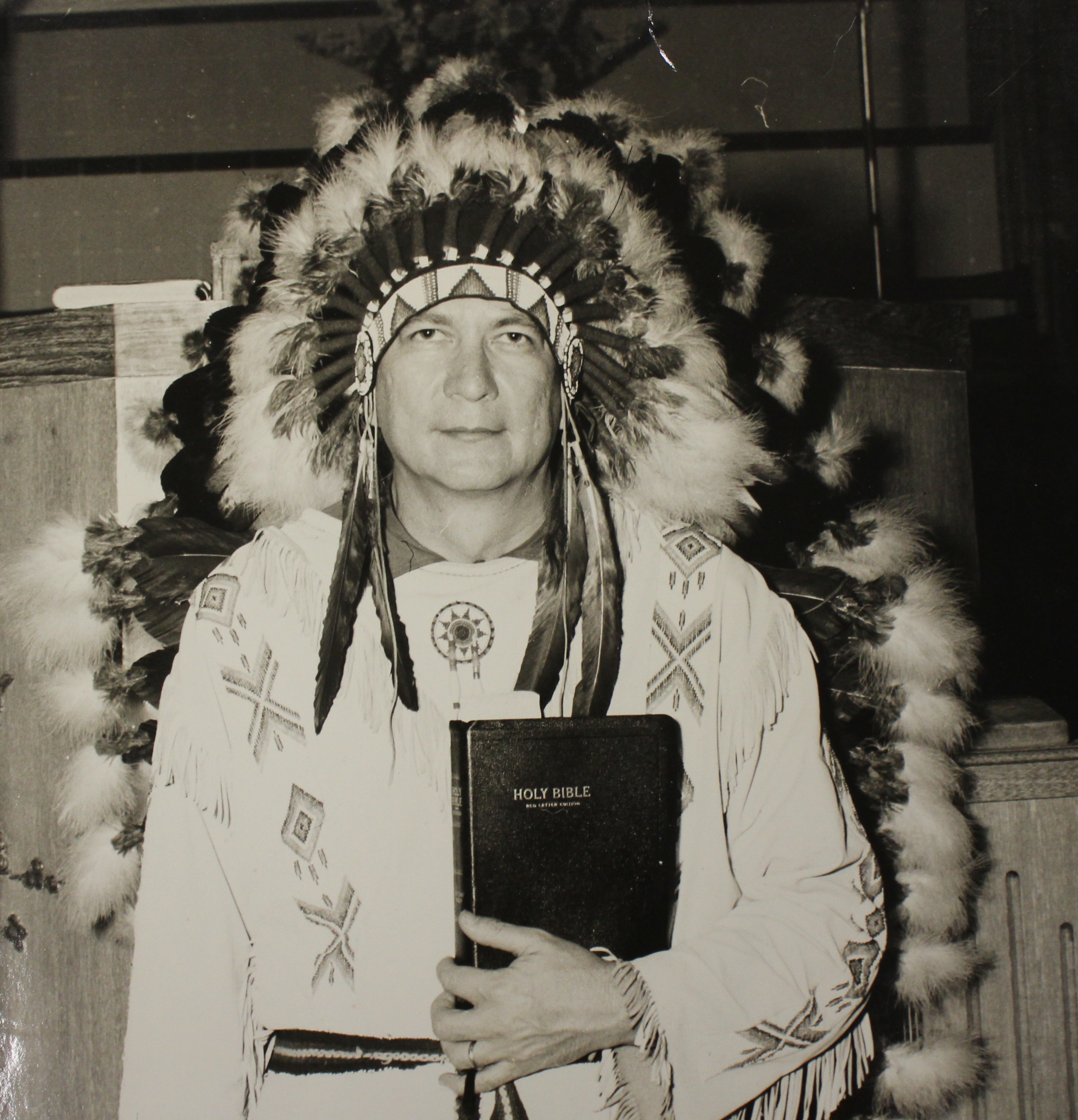

| From the White Mountain Independent Snowflake – The Town of Snowflake passed a resolution May 12 recognizing Jesse Gutierrez, Arizona Department of Transportation engineer, and nominating him for the ADOT Partnering Award, specifically for his efforts in support of the town’s Southern Solution Regional Flood Control Project. ADOT is one of 14 partners, led by the town and FEMA, to design and construct the $4.1 million large-scale flood control measures designated to remove the industrial park and surrounding areas from the floodplain and to provide protection against flood hazards. Two of the most challenging features, the crossings at State Route 277, are being built through the partnership. “He was creative in finding ways to fast-track the project through the lengthy ADOT design-review-construct process and in bringing Federal Highway funds to the table.” The first crossing was built by ADOT toward the end of 2014. The second crossing at Hillcrest Boulevard is in construction and anticipated to be completed in four to six weeks. Great work Jesse! Congratulation on this fantastic accomplishment. |
- Brown Bag Idea Exchange
- Education Encouragement
- State Transportation Board Meeting
- and Much More …



| Listen if you want to be heard. | Better has no finish line. |
| It’s not what you say it’s what people hear. | Right is NEVER wrong! |
| Failing to prepare is preparing to fail. | Don’t let yesterday take up too much of today. |
| If you make no mistakes, it’s because you are doing nothing. | Wisdom is optional, choose wisely. |
| The meaning of life is to plant trees under whose shade you do not plan to sit – Nelson Henderson. | If you don’t have time to do it right, when will you have time to do it over? |
| August 18 | Succession Planning Jodi Rooney, Senior Division Administrator, MPD ADOT Auditorium |
| October 21 | Is It What you Say or How You Say It? Deborah Mayers, Finance Manager, Facilities LEE Conference Room 2739 E. Washington St. |
| December 16 | WIN Open House and Mentoring Program Moderator(s): TBD LEE Conference Room 2739 E. Washington St. |



'Papaw' Raiford in his Creek headdress

Marta and Randy holding a picture of
their beloved grandfather 'papaw' in
his Creek headdress

Young Marta in the Creek headdress

Employee |
Org Name |
| Allyn Yazzie | Gray Mountain Maintenance |
| Elton Joe | Kayenta Maintenance |
| Frederick D. Daniels | Administrative Services |
| Frederick J. Heggestad | New Entrant Grant |
| John F. Dalby | Flagstaff Dist Construction |
| Karen L. Kallaur | General Accounting |
| Loren C. Polson | Flagstaff District |
| Patrick Begay | Chambers Maintenance |
Employee |
Org Name |
| Curtis E. Jarrell | General Accounting |
| Jana K. Olson | Phx Reg S/l Oper-maint |
| John Halikowski | Director's Office |
| Richard M. Schilke | Flagstaff District |
| Roberta L. Bouts | District Wide Maintenance |
| Samuel J. Sloan | ADOT FMS |
Employee |
Org Name |
| Bahram Dariush | Local Public Agency section |
| Clem Webb | Partnering |
| Cynthia Arenas | Human Resources |
| Robert P. Lajeunesse | Prescott District |
Employee |
Org Name |
| Joseph J. Woichik | Information Delivery Solutions |
| Lori A. Allison | Bridge Group Administration |
Employee |
Org Name |
| Frank R. Montijo | Tucson District |


 |
| A session of Colors Work GEN 5145 has been scheduled in Holbrook July 15th from 8 a.m. - 12 p.m. and is open for self registration on the ADOT Learning Center. Please alert any new staff or employees who might have missed the session when it was in that area! |